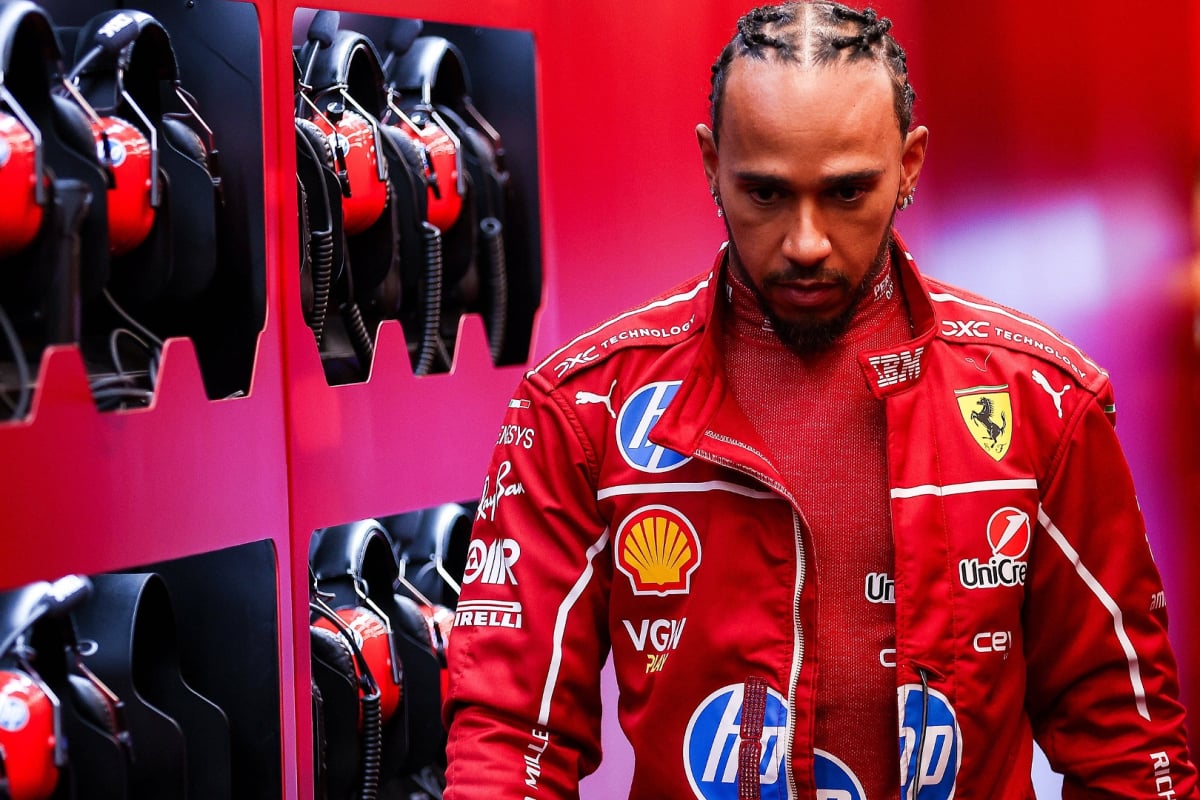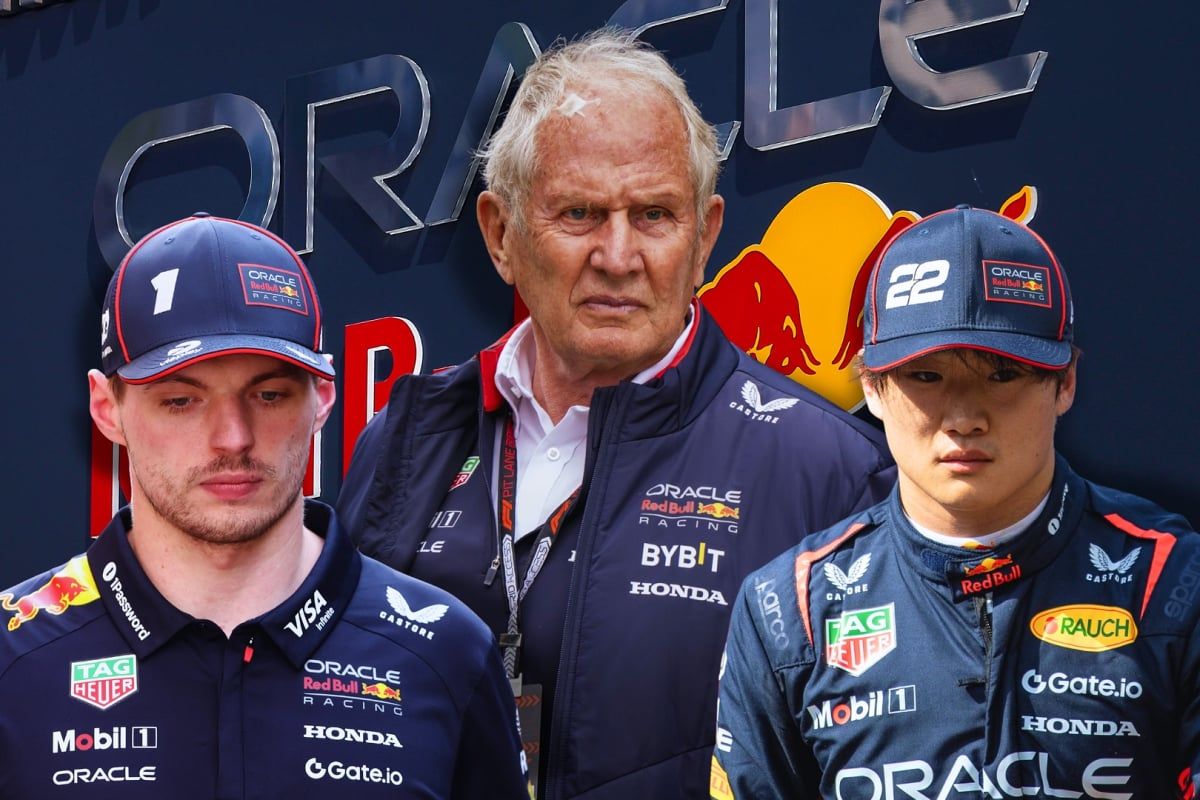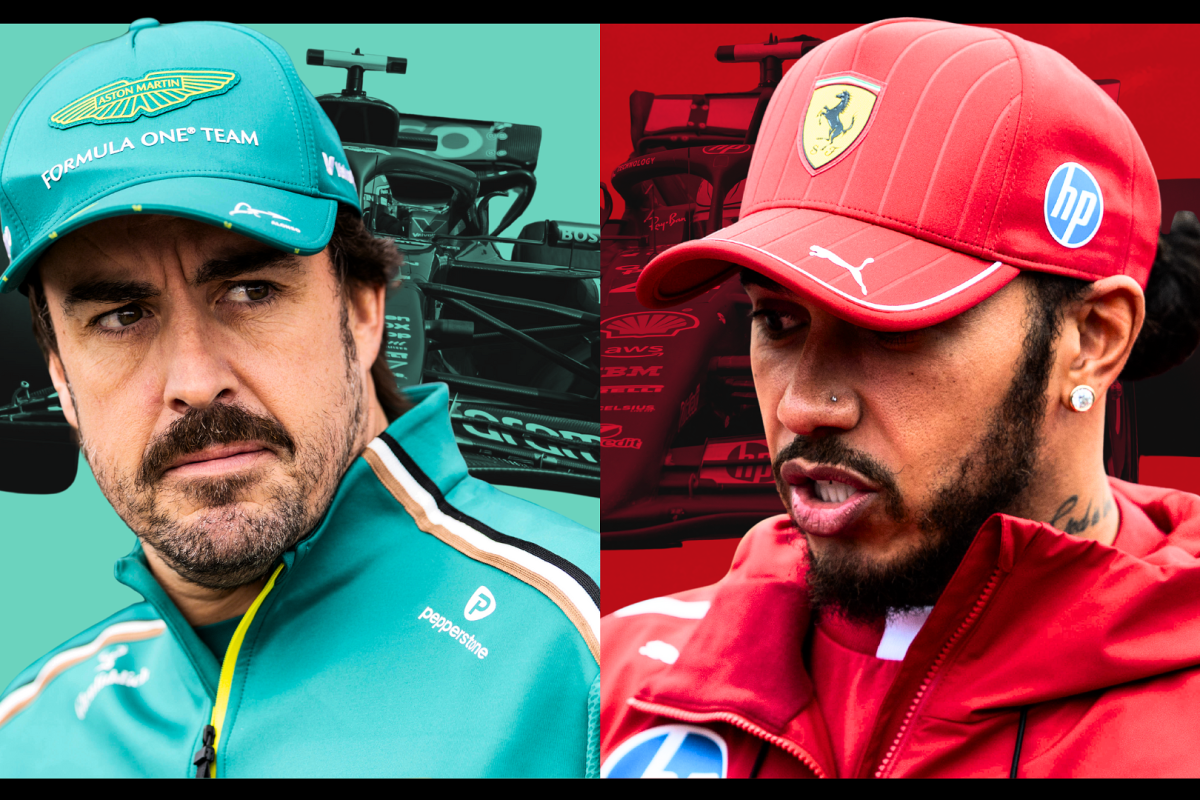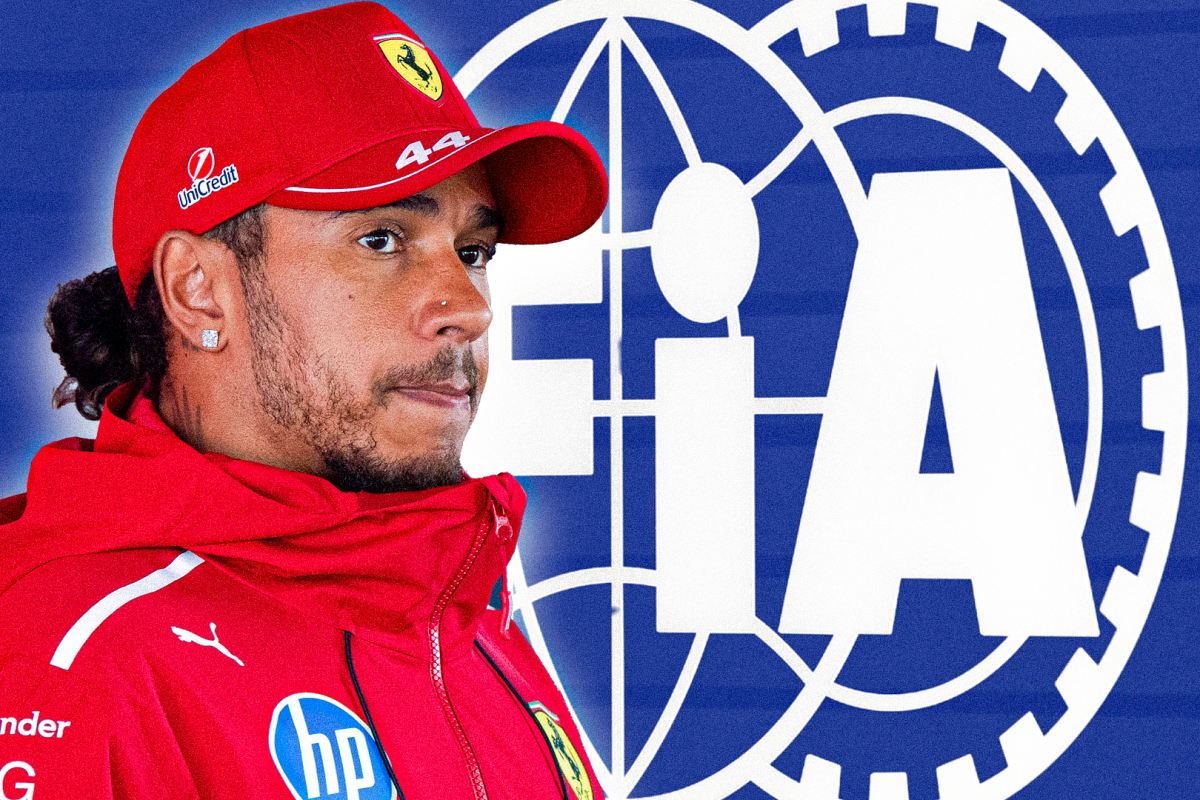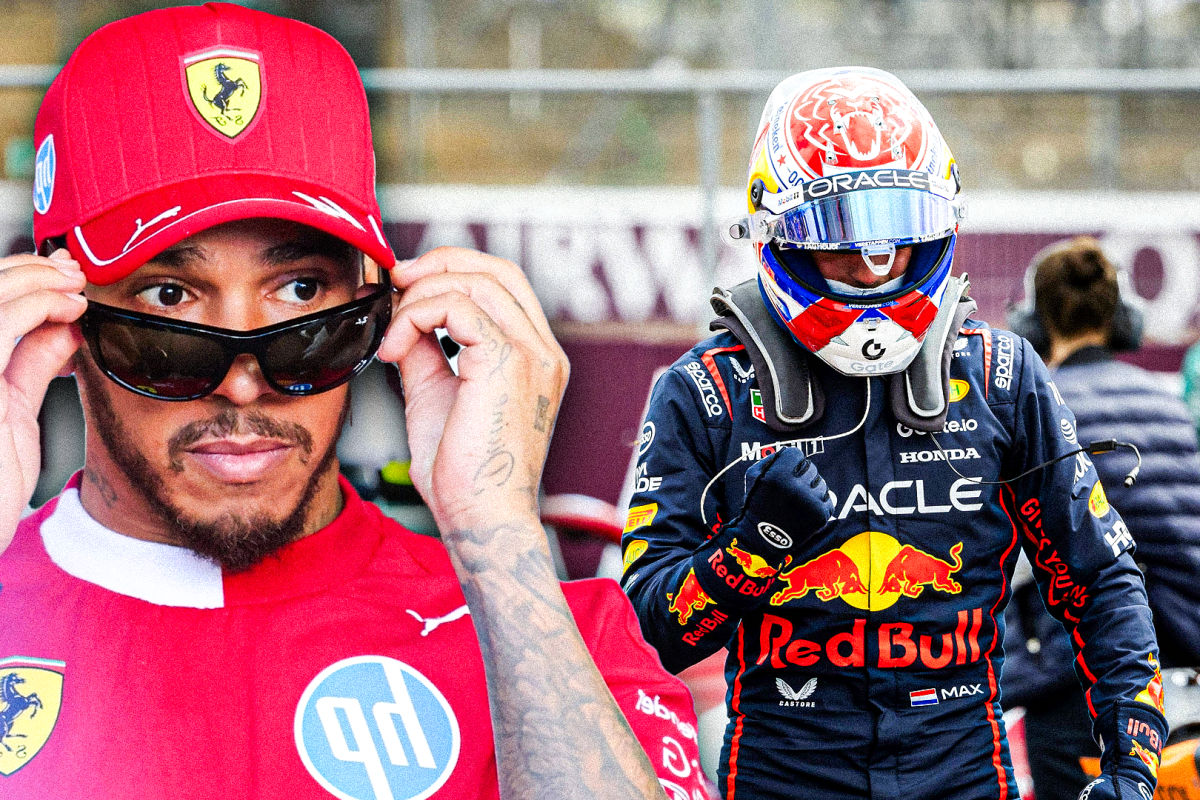Hamilton Suffers Belgian Grand Prix Misery as Norris Thrashed by T… read more
The Belgian Grand Prix, a race steeped in history and legendary circuits, delivered a rollercoaster of emotions for Formula 1 fans today, culminating in a resounding victory for a driver who navigated a turbulent afternoon with remarkable composure. Lewis Hamilton, a champion synonymous with the track’s challenging corners, endured a frustrating afternoon, while a familiar narrative of internal team struggles played out within McLaren. The race showcased the ever-present pressures and unpredictable nature of Formula 1, highlighting the crucial role of strategy, car performance, and driver resilience.
The day’s action began with a pre-race buzz echoing through the stands and across the global viewing audience. The iconic Spa-Francorchamps circuit, with its legendary uphill straights and perilous corners, was set to test the limits of both drivers and machinery. The atmosphere, thick with anticipation, was a testament to the enduring appeal of Formula 1. Before the lights went out, talk centred on the potential for overtaking manoeuvres, particularly within the McLaren camp, where Lando Norris had consistently underperformed compared to his team-mate, Oscar Piastri.
The opening laps saw a flurry of action, with drivers jostling for position in the initial pack. Early challenges presented by the unpredictable conditions forced some drivers into mistakes, highlighting the delicate balance of skill and control necessary to navigate the treacherous track. The race was quickly disrupted by a series of incidents, including a multi-car collision on lap 10 that brought out the safety car, throwing the early race leaders into disarray. This incident, while creating a momentary pause, served as a catalyst for the subsequent race developments.
Lewis Hamilton, starting from a lower grid position, found himself struggling to make progress in the early stages. Tire management became a crucial factor in this race, and Hamilton’s team seemed to struggle to find the optimal strategy to counteract the demands of the track. As the laps ticked by, the gap between Hamilton and the leaders seemed to widen relentlessly, a disheartening trend that mirrored his performance throughout the season. The performance was a notable contrast to the displays of other established drivers who seemed to command the track with ease and precision.
Meanwhile, the internal battle within the McLaren team took a dramatic turn. Lando Norris, consistently anticipated to deliver compelling performances, found himself outpaced and outperformed by his teammate, Oscar Piastri. The disparity in performance was evident throughout the race, with Piastri demonstrating impressive speed and consistency, often exceeding expectations. This contrasted sharply with Norris’ struggles, further solidifying the perception of a growing rift within the team dynamic.
The race continued, the drivers pushing their cars to the limit as the sun began its descent. The tactical decisions of the pit crews and the strategic choices made by the team managers became increasingly critical, influencing the outcome of individual drivers’ races and the final standings. The conditions on the track, though not consistently challenging, introduced an element of unpredictability, forcing drivers to adapt their strategies on the fly. This showcased the ever-present challenge of race management and the criticality of the team support system.
In a dramatic final lap, a late safety car period emerged as another critical factor in the race. This period, prompted by a late-race incident involving an unfortunate incident for a midfield team, further complicated the strategies for the leading teams. This disruption created an opportunity for late-race strategic maneuvers that significantly altered the positioning of several drivers.
The result: Oscar Piastri claimed a decisive victory, showcasing a commanding performance that cemented his position within the front-running contenders. This victory was not just a triumph for Piastri but also a significant setback for Norris, who struggled to keep pace with the overall pace of the leading drivers. The results highlighted the significant gulf in performance within McLaren, raising questions about the team’s internal dynamics and the drivers’ individual approaches.
While Lewis Hamilton had a difficult day, finishing significantly behind the top contenders, his persistent resolve and dedication to the sport were evident. The race once again underlined the demanding nature of the F1 schedule, the importance of consistent performance, and the resilience required to navigate the highs and lows of motorsport. This setback, however, should not diminish the spirit of Hamilton’s relentless pursuit of excellence in one of the most demanding disciplines in the world.
The Belgian Grand Prix ended with a flurry of excitement, leaving spectators and fans buzzing with anticipation for the next race. The results reinforced the ever-changing nature of the sport, where small details can make a world of difference and where the margins between success and failure remain razor-thin. The race further highlighted the crucial role of driver performance, strategic acumen, and team collaboration in achieving victory, setting the stage for an equally compelling and unpredictable race in the coming weeks.
